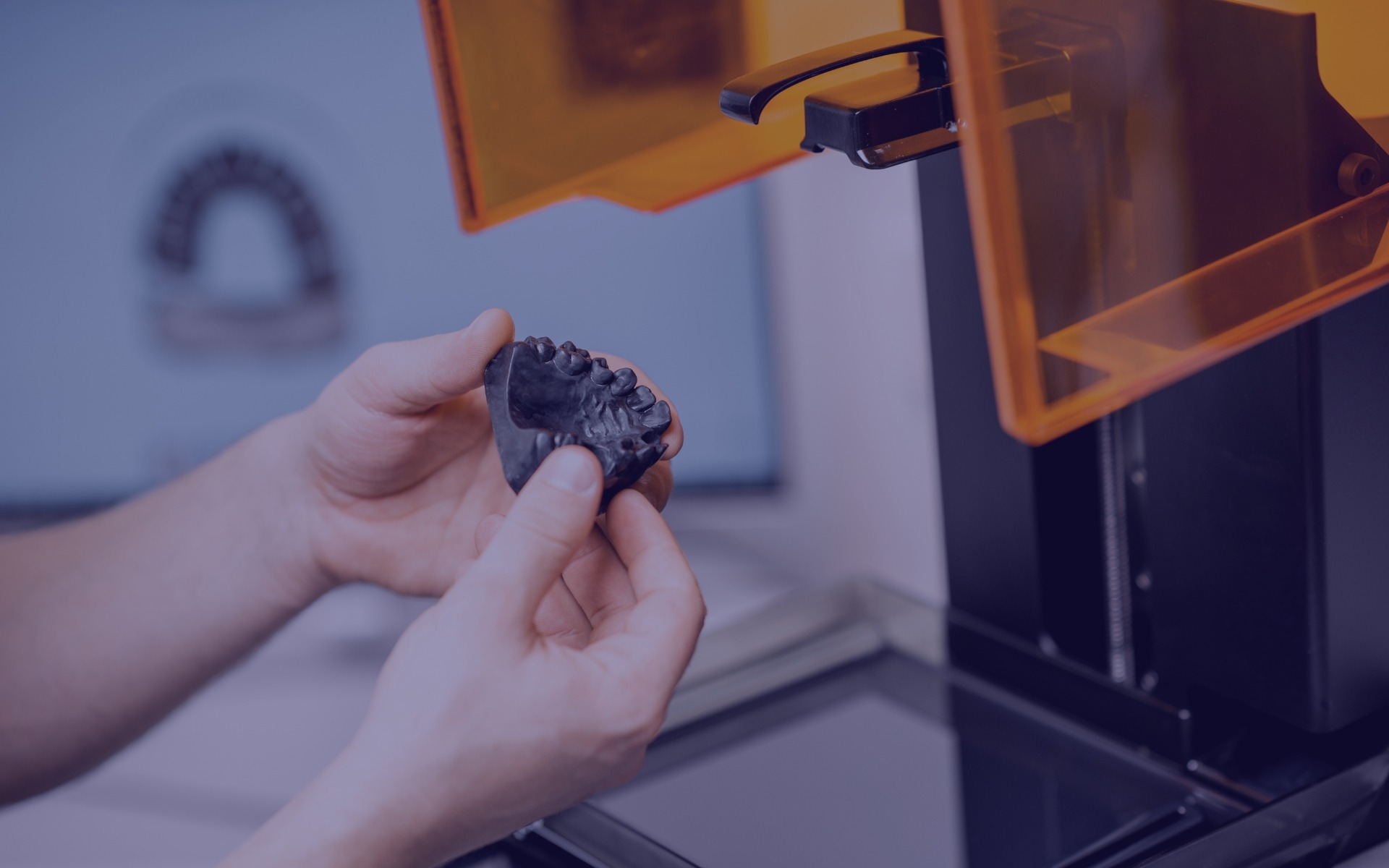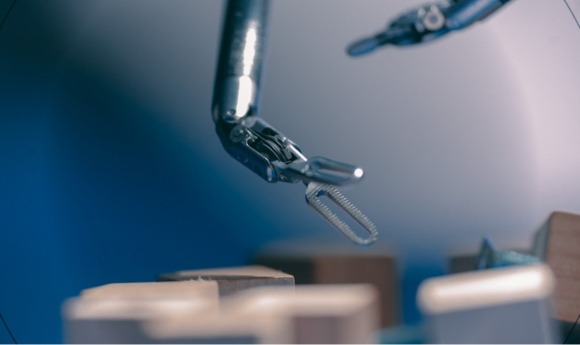- Get yourself comfortable.
- Manage your workspace and organize your desk.
- Adjust the work/life balance.
- Keep In touch with your co-workers.
In recent years, the integration of 3D printing technology into dental practices has transformed patient care and procedural efficiency. With its ability to produce customized dental appliances in record time, 3D printing is redefining how dentists approach everything from crowns and dentures to surgical guides. Here’s an in-depth look at the technology, industry leaders, benefits, and considerations for dental practices considering this innovative solution.
Industry Leaders in Dental 3D Printing
Formlabs: High-Resolution Dental Printing Formlabs has become a pioneer in 3D printing for dental solutions, renowned for its high-resolution printers that deliver exceptional precision. Their technology supports the creation of patient-specific crowns, dentures, and surgical guides. By offering in-office solutions, Formlabs enables practices to complete intricate dental procedures within hours. This not only facilitates same-day treatments but also elevates overall patient satisfaction by minimizing wait times and providing highly accurate dental appliances.
- Key Features: High precision, quick turnaround, tailored patient care.
- Applications: Crowns, dentures, surgical guides.
Stratasys: Precision and Durability in Dental 3D Printing Stratasys is another major player in the dental 3D printing market, offering cutting-edge printers that emphasize accuracy and durability. Known for their capability to produce highly detailed and custom-fit dental models, Stratasys solutions are ideal for practices seeking reliable and high-quality appliances. The use of robust materials ensures long-lasting dental products, thereby enhancing both patient comfort and the success of dental procedures.
- Key Features: Durable materials, high detail, reliable performance.
- Applications: Personalized dental models and appliances.
Benefits of 3D Printing in Dentistry
Custom Fit and Comfort
One of the most significant advantages of 3D printing in dentistry is the ability to create patient-specific appliances. Traditional dental methods often involve several fittings and adjustments, whereas 3D printing allows for the creation of custom models that fit perfectly, reducing discomfort and enhancing patient satisfaction. This personalized approach is especially crucial for patients with complex dental anatomy or those requiring surgical precision.Accelerated Turnaround Times
The traditional process of manufacturing dental appliances often involves sending impressions to an external lab, resulting in wait times of days or even weeks. With 3D printing technology, dentists can produce crowns, surgical guides, and other essential appliances on-site, often within hours. This rapid production enables same-day treatments, enhancing patient convenience and improving the overall efficiency of dental practices.Reduced Dependence on External Labs
By bringing 3D printing capabilities in-house, dental clinics can significantly reduce their reliance on third-party labs. This not only minimizes lab costs but also gives practices greater control over the quality and accuracy of the dental products they provide. Having a 3D printer on-site also allows for quicker adjustments and repairs, further streamlining patient care.

Considerations Before Adopting 3D Printing
While the benefits are undeniable, there are several factors dental practices should consider before investing in 3D printing technology:
Material Constraints
Although advancements are being made, the range of materials currently available for dental 3D printing is somewhat limited. Some materials may not offer the same long-term durability as traditional options, which can restrict the scope of applications. Dental professionals should assess whether the available materials meet the specific needs of their practice and patients.Maintenance and Training Requirements
3D printers are complex machines that require regular maintenance and calibration to ensure optimal performance. Additionally, dental professionals and staff need to be adequately trained in using the printers and designing models, which can be time-intensive and expensive. Practices should weigh the ongoing costs of training and maintenance against the long-term benefits.High Initial Investment
The cost of purchasing high-quality 3D printers and the necessary materials can be substantial, posing a challenge for smaller or newly established practices. However, many practices find that the long-term savings in lab fees and the increased efficiency justify the initial expense. Evaluating return on investment and considering financing options can help mitigate these financial hurdles.
Conclusion: Is 3D Printing the Future of Dentistry?
3D printing is revolutionizing the dental industry by offering faster, more personalized, and cost-effective solutions. While there are challenges to consider, the technology’s potential to improve patient outcomes and practice efficiency makes it a worthwhile investment for many. As 3D printing continues to evolve, it is likely to become even more accessible and versatile, paving the way for widespread adoption in dental practices around the world.





